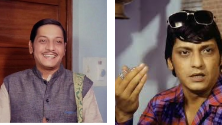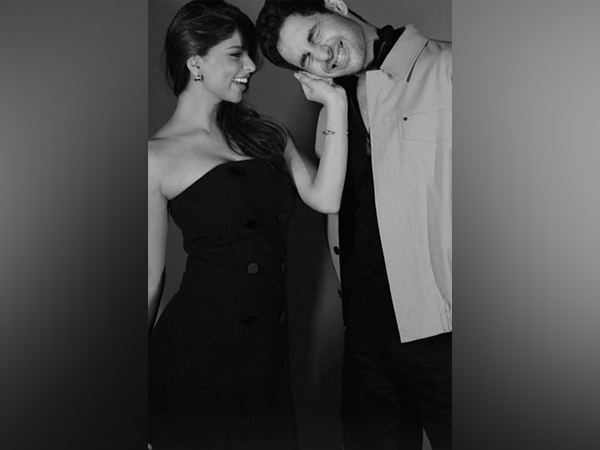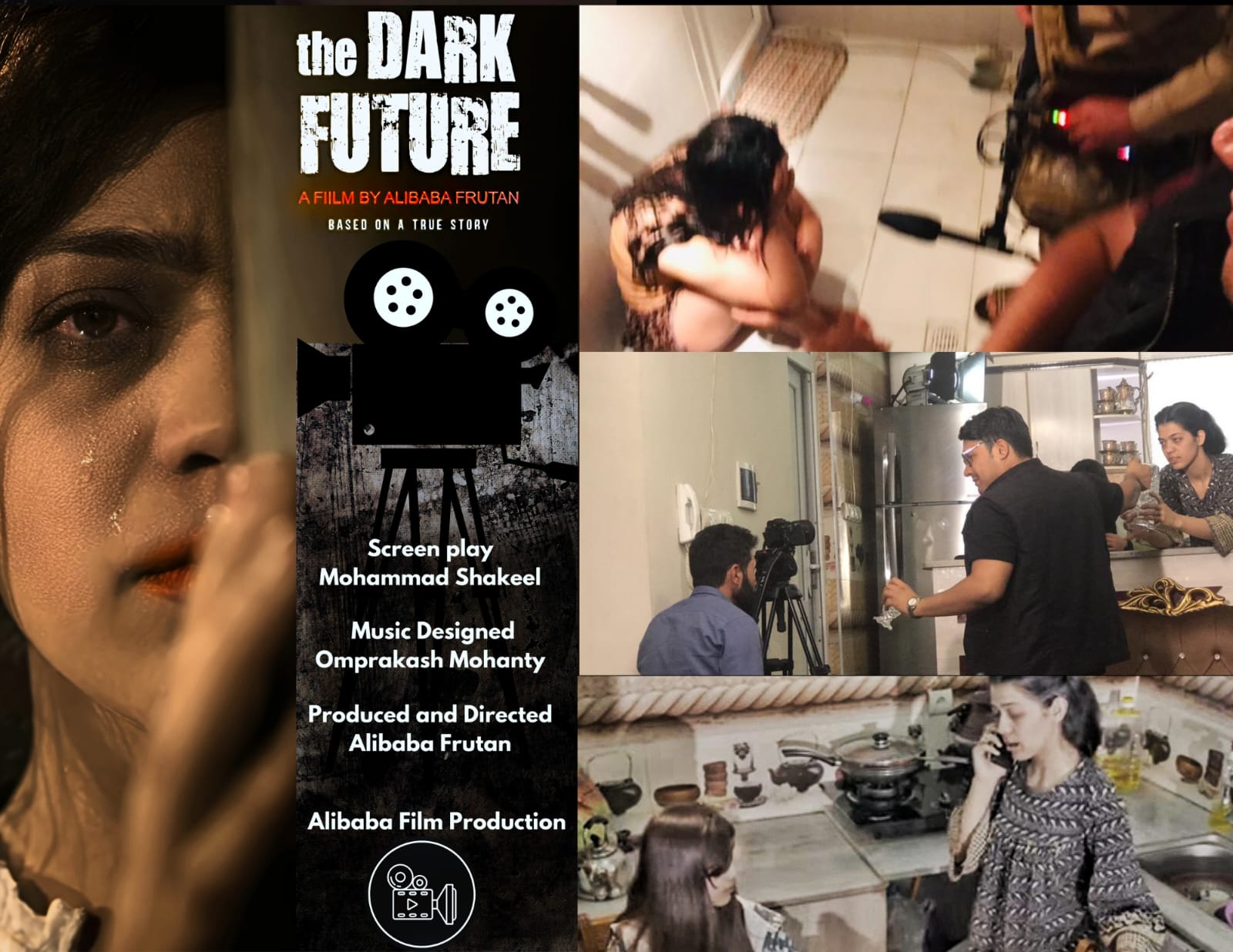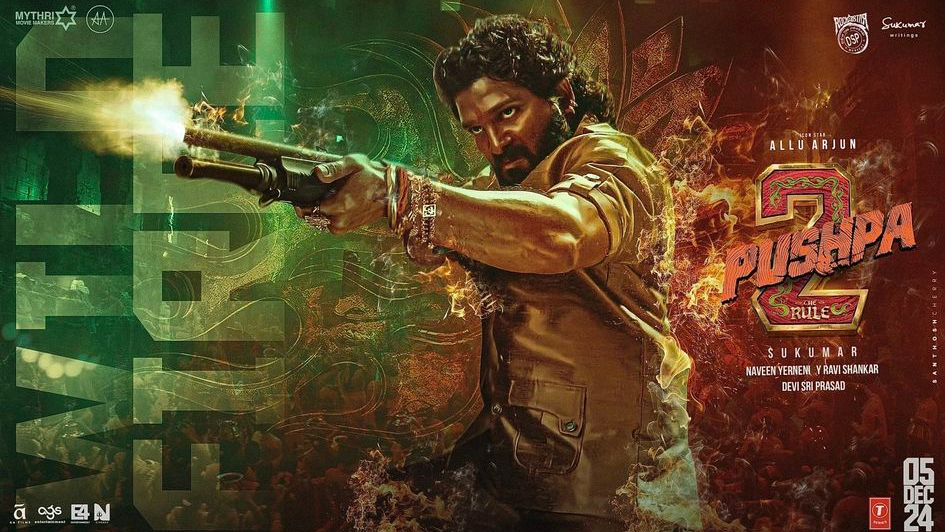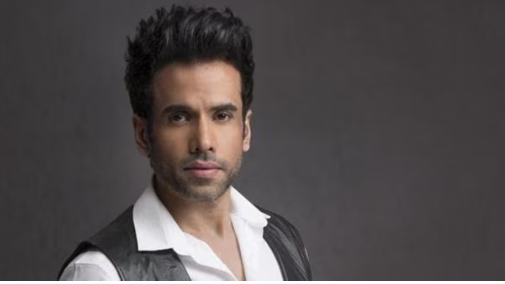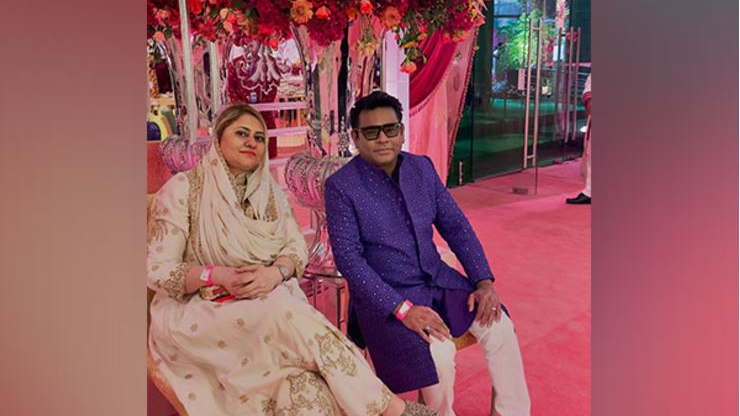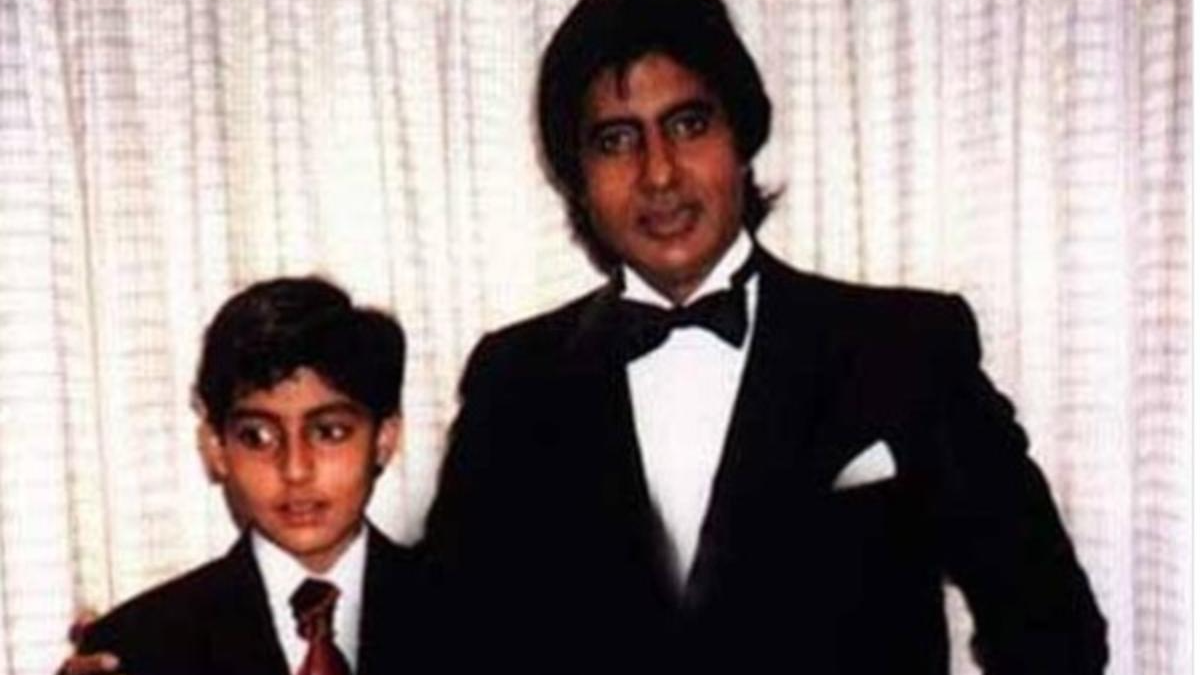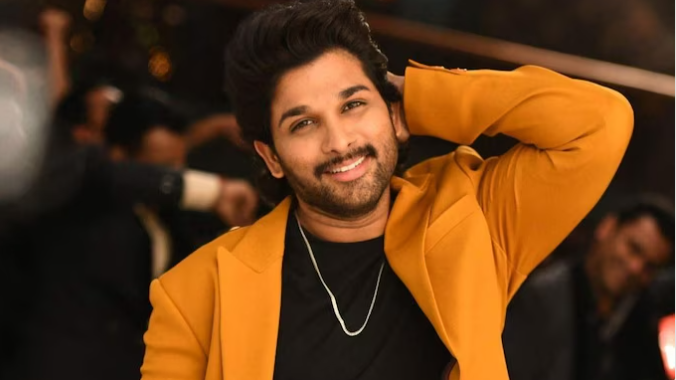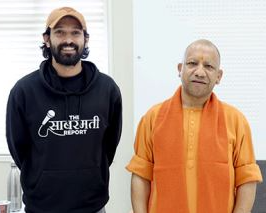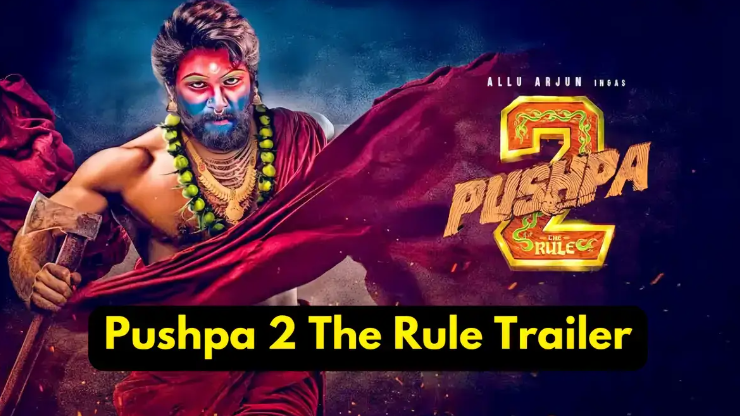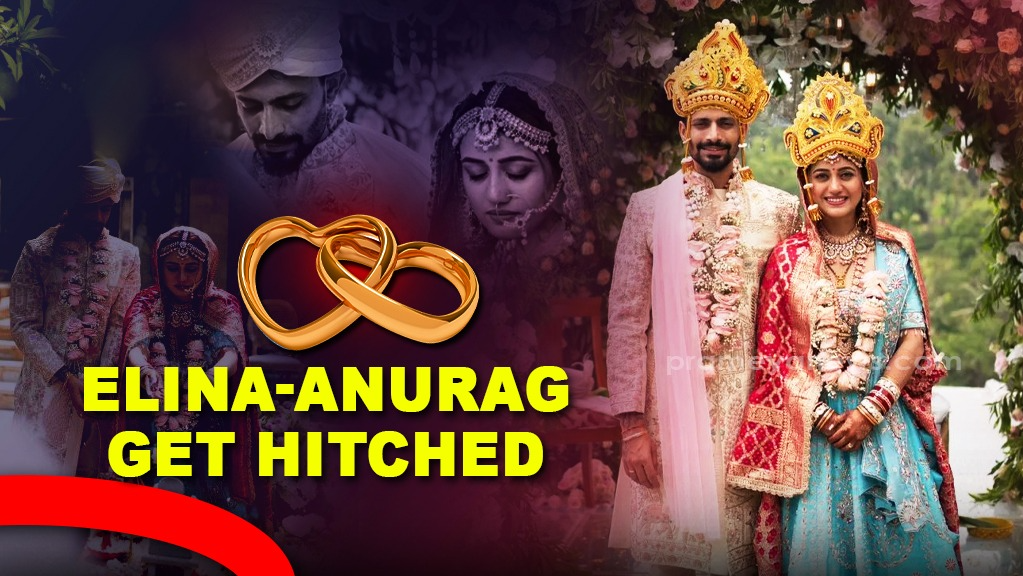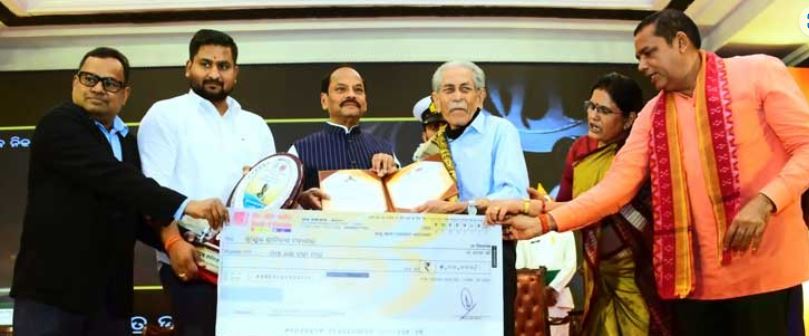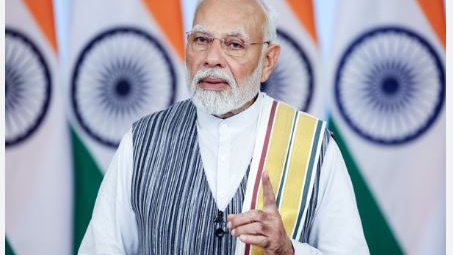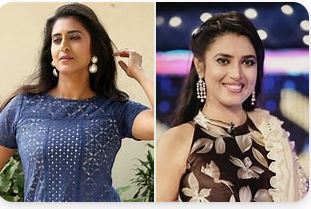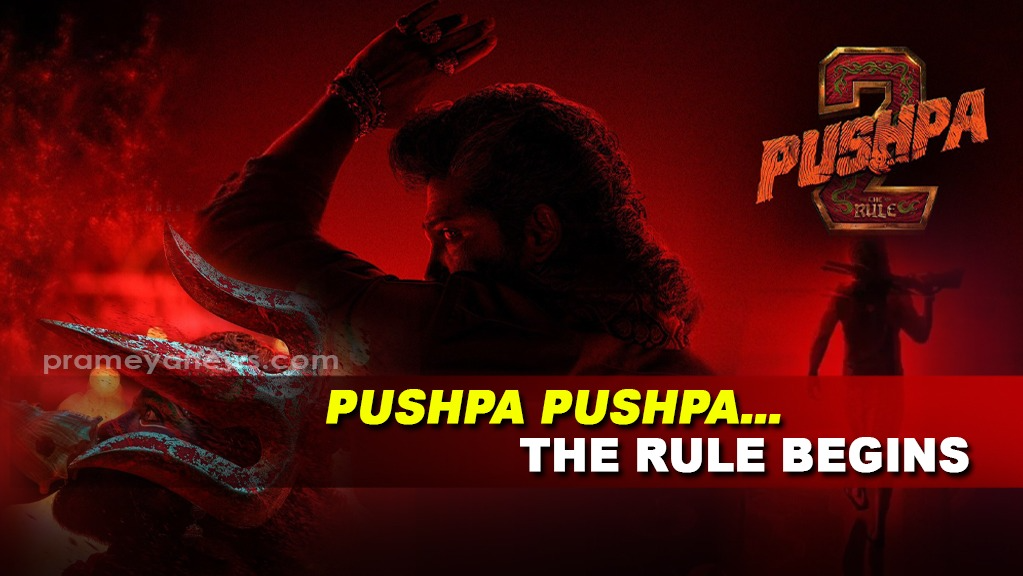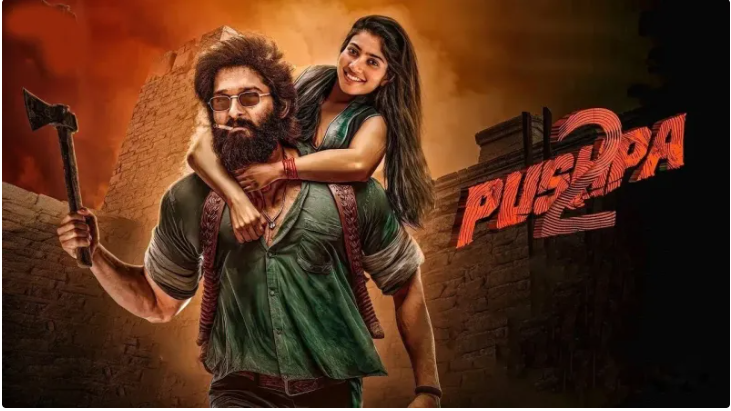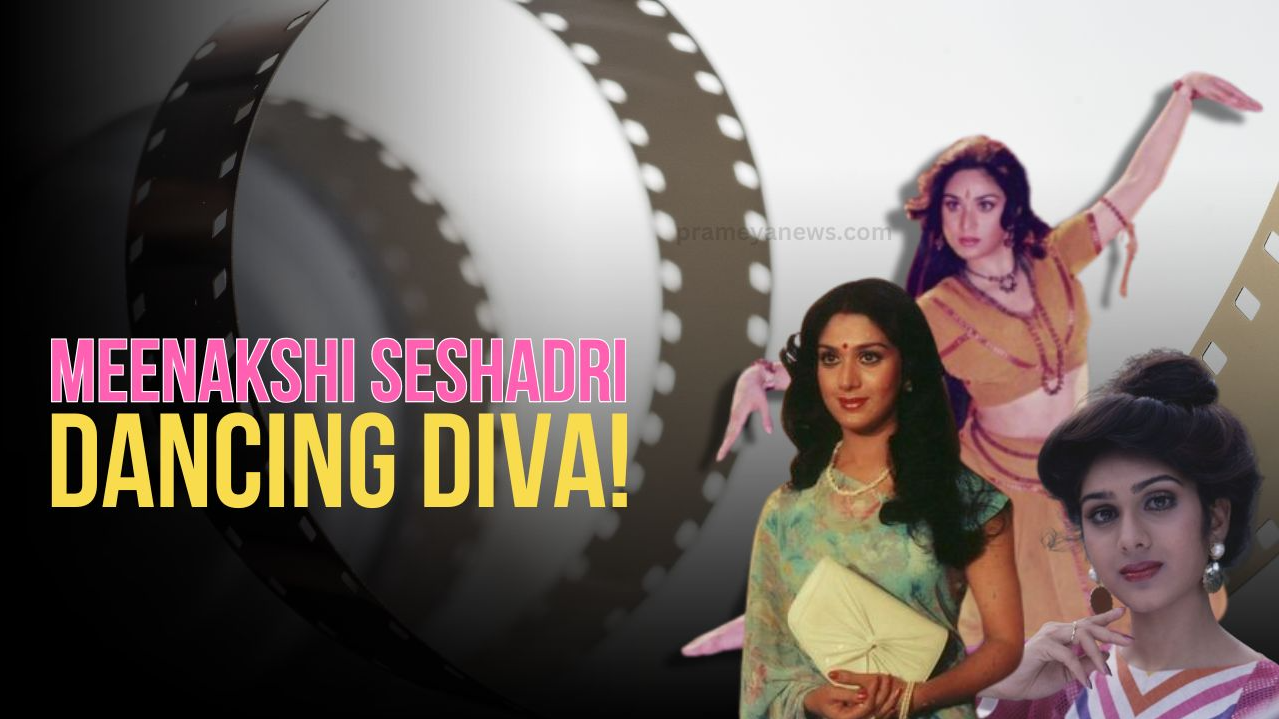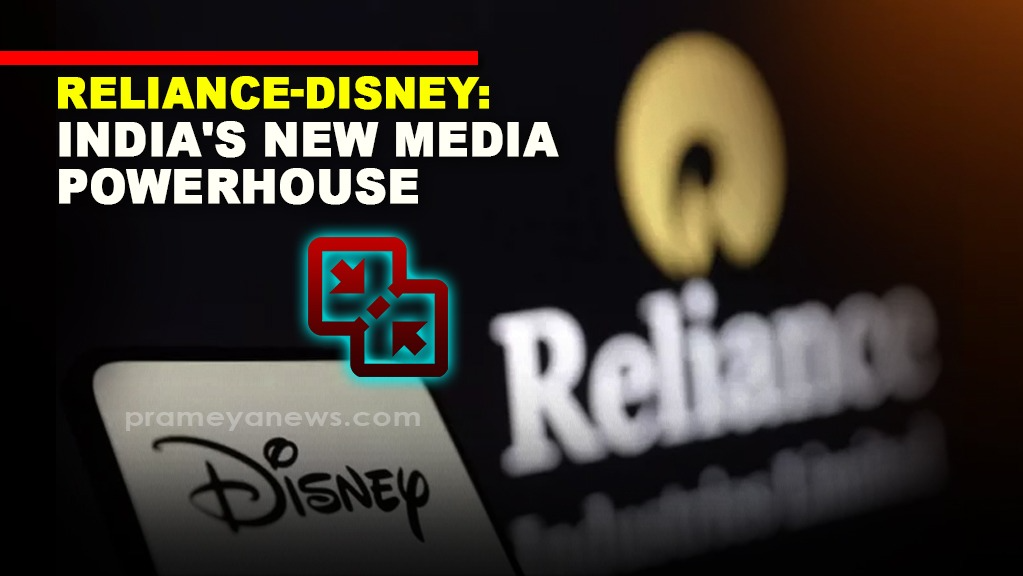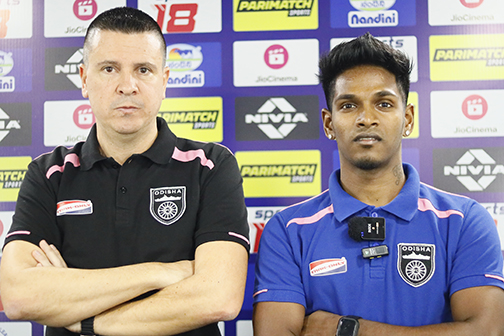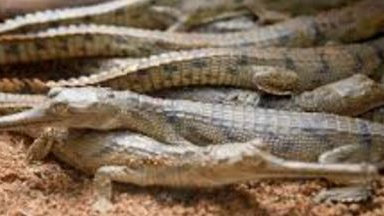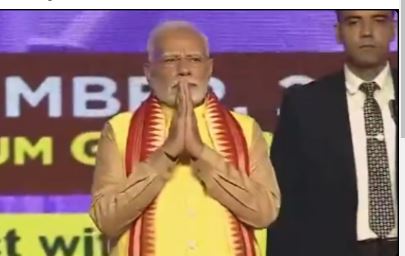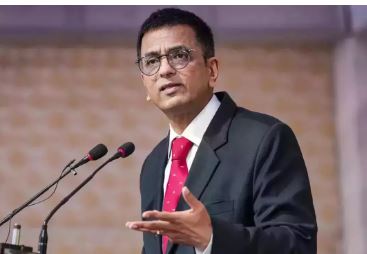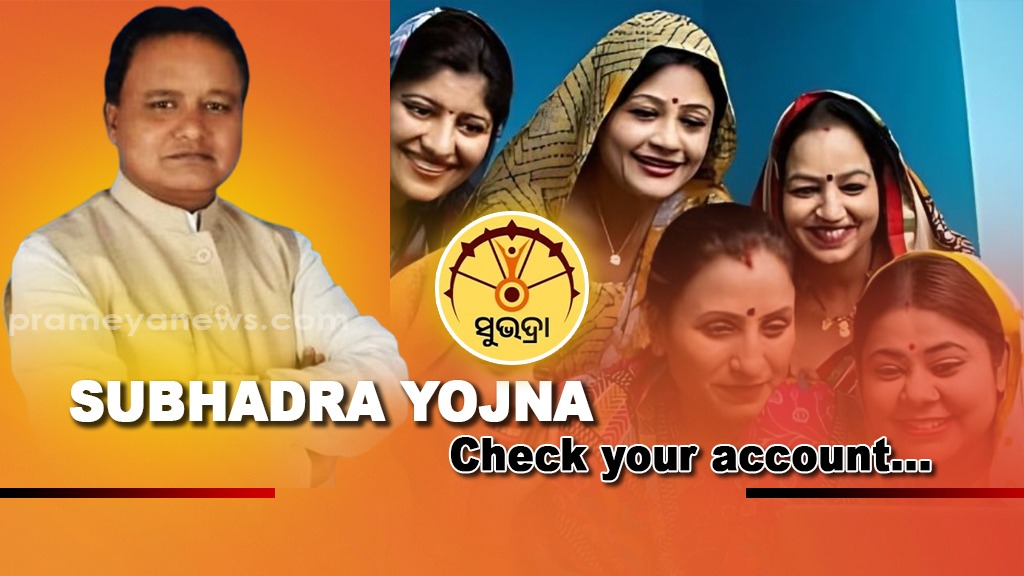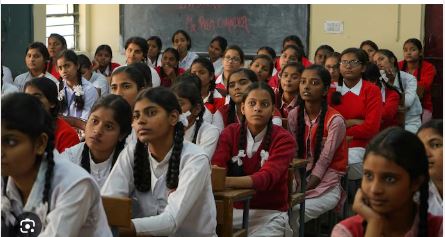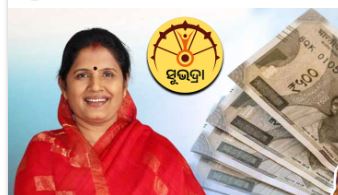Bhubaneswar: Innocuous smile, naive eyes and a cool looking guy. For the traits, he was hailed as the ‘Quintessential Boy-Next-Door’ and ‘middle-class commonman’ of Indian Cinema. The actor with simple but stylized looks is none other than the celebrated actor, director, and producer Amol Palekar.
Amol Palekar turns 80 years today. The actor was born on November 24, 1944, into a Marathi-speaking middle-class family in Bombay.
Onscreen, Palekar often essays the simple struggles of a common man in the web of daily world grind, such as struggles to get a job (Gol Maal), a home (Gharonda), a girlfriend/wife (Baaton Baaton Mein, Chitchor, Choti Si Baat).
SCREEN DEBUT OF AMOL PALEKAR
Amol Palekar didn’t make a dashing debut on silver screen. An artist and a painter by education, Amol painted his canvass of filmography first from the world of theatre. He started his career from Marathi experimental theatre and honed the theatrical art skill under the guidance of legendary theatre director Satyadev Dubey.
He later formed his own group, Aniket, in 1972. Palekar was part of popular plays like "Shantata! Court Chalu Aahe," "Hayavadana," and "Adhe Adhure." His contributions to modern Indian theatre are often overshadowed by his popularity as a film actor. His theatrical spell laid the foundation for succesfull debut into the world of cinema.
Amol Palekar made his acting debut in the Marathi film "Shantata! Court Chalu Aahe" (1971), directed by Satyadev Dubey. The film, which started the new-cinema movement in Marathi, was a critical success and marked the beginning of Palekar's journey in the film industry.
DEBUT IN HINDI CINEMA
Amol Palekar debut Hindi film was "Rajnigandha" (1974), directed by Basu Chatterjee. The film, a surprise low-budget hit, featured Palekar in the role of Sanjay, a middle-class man navigating the complexities of love and relationships. His performance was widely appreciated.
Following the success of "Rajnigandha," Amol Palekar continued to work with Basu Chatterjee in films like "Chhoti Si Baat" (1976) and "Chitchor" (1976). These films, characterized by their middle-class comedies and relatable characters, resonated well with the audiences cementing Palekar's status as a rising star.
His image as the "boy-next-door" contrasted with the larger-than-life heroes (Amitabh Bachchan, Vinod Khanna) prevalent at that time in Indian cinema, making him a favorite among movie watchers.
GOLMAAL HYPE
GolMaal in 1979 had been one of his most celebrated films. The film was directed by veteran fim director Hrishikesh Mukherjee. The film was a blockbuster in 1980. Made on a budget of Rs 1 crore, the film minted a whopping Rs 7cr box office collection world wide.
A comedy drama and a laugh riot, Palekar played Ram Prasad Sharma, who, under the pressure of getting a job, made the fake persona of his brother Lakshman Prasad Sharma (Lucky). His performance in the film, especially his chemistry with great Utpal Dutt, was widely praised. The films songs were chartbusters. Songs like "Aane wala Pal..." is even hit today.The film earned him the Filmfare Award for Best Actor for his role.
The same year he starred in Basu Chatterjee's "Baton Baton Mein (1979)," as Tony Braganza, a young man navigating the challenges of finding love.
OTHER NOTABLE SHOWS
Among the list of gems, Palekar's other notable ones include Bhimsain's "Gharaonda (1977)," Shyam Benegal's "Bhumika (1977)," "Damaad (1978)," "Safed Jhoot (1978)," "Do Ladke Dono Kadke (1979)," "Meri Biwi Ki Shaadi (1979)," "Solva Sawan (1979)," "Aanchal (1980)," "Apne Paraye (1980)," Jeevan Dhaara (1982)," Shriman Shrimati (1982)," Aadmi Aur Aurat (1984), Khamosh (1984), Jhoothi (1984), Ankahee (1984), and Baat Ban Jaye (1986).
CAREER SHIFT
In the mid-1980s, Amol Palekar decided to shift his focus from acting to filmmaking. He made his directorial debut with the Marathi film "Aakreit" (1981), which received critical acclaim and won several awards. As a director, Palekar is known for his sensitive portrayal of women, selection of classic stories from Indian literature, and perceptive handling of progressive issues.
In 1984 he directed "Ankahee (1984)," starring Deepti Naval, Shreeram Lagoo, and Dina Pathak. The film was the version of Marathi play "Kalay Tasmai Namaha," by C. T. Khanolkar, which received widespread critical acclaim and won two National Awards.
His next was a musical film "Thoda sa Roomani Ho Jaayen (1990)," featuring Nana Patekar, Anita Kanwar, and Vikram Gokhale. The film, inspired by N. Richard Nash's celebrated play "The Rainmaker," was selected for the Indian Panorama at the International Film Festival of India (IFFI) in 1990.
He then went on to direct films like "Bangarwadi" (1995)," based on a novel of the same name by Vyankatesh Madgulkar, which won two National Awards and five State Awards as also was selected for several international film festivals.
He then cast Nirmal Pandey and Sonali Kulkarni in Daayraa (1996), which received the Grand Prix at the Festival du Valenciennes in France and was included in Time Magazine's "Top Ten Films of 1996."
In 2005, he directed "Paheli (2005)," starring Shah Rukh Khan and Rani Mukerji. The film, based on the Rajasthani short story "Duvidha" by Vijayadan Detha, was selected as India's official entry for the 78th Academy Awards.
TV SHOW
In addition to his work in films, Amol Palekar made significant contributions to television. He directed several iconic television serials on the DD national network, including Kachchi Dhoop, Aa Bail Mujhe Maar, Mrignayani, Naquab, Paool Khuna, and Krishna Kali.
AMOL PALEKAR BIO
- His father, Kamlakar Palekar, worked in the General Post Office, and his mother, Suhasini Palekar, worked in a private company.
- Palekar completed his schooling at Bal Mohan Vidya Mandir in Mumbai
- After clearing SSC exams, he pursued a diploma in Fine Arts at the Sir J. J. School of Art in Mumbai, and graduated in 1965.
- He worked as a clerk with the Bank of India by day and pursued his passion for painting at night.
- In 1967, he held his first solo painting exhibition at the Taj Art Gallery.
- Amol Palekar's personal life has been marked by his relationships and marriages.
- He was first married to Chitra Palekar, a writer and director, in 1969.
- The couple had a daughter named Shyamalee Palekar, who is a professor at the University of Western Australia.
- However, the marriage ended in divorce in 2001.
- Palekar later married Sandhya Gokhale, a lawyer. The couple has a daughter named Samiha, who is also a lawyer.




